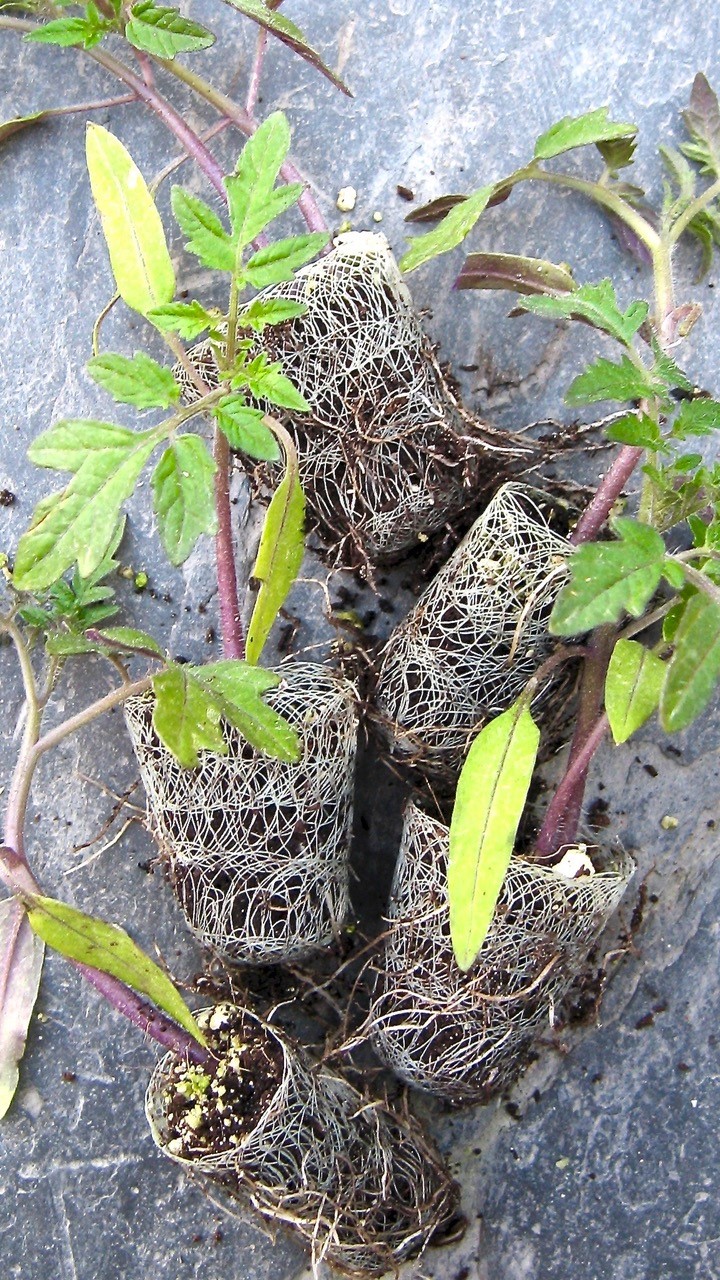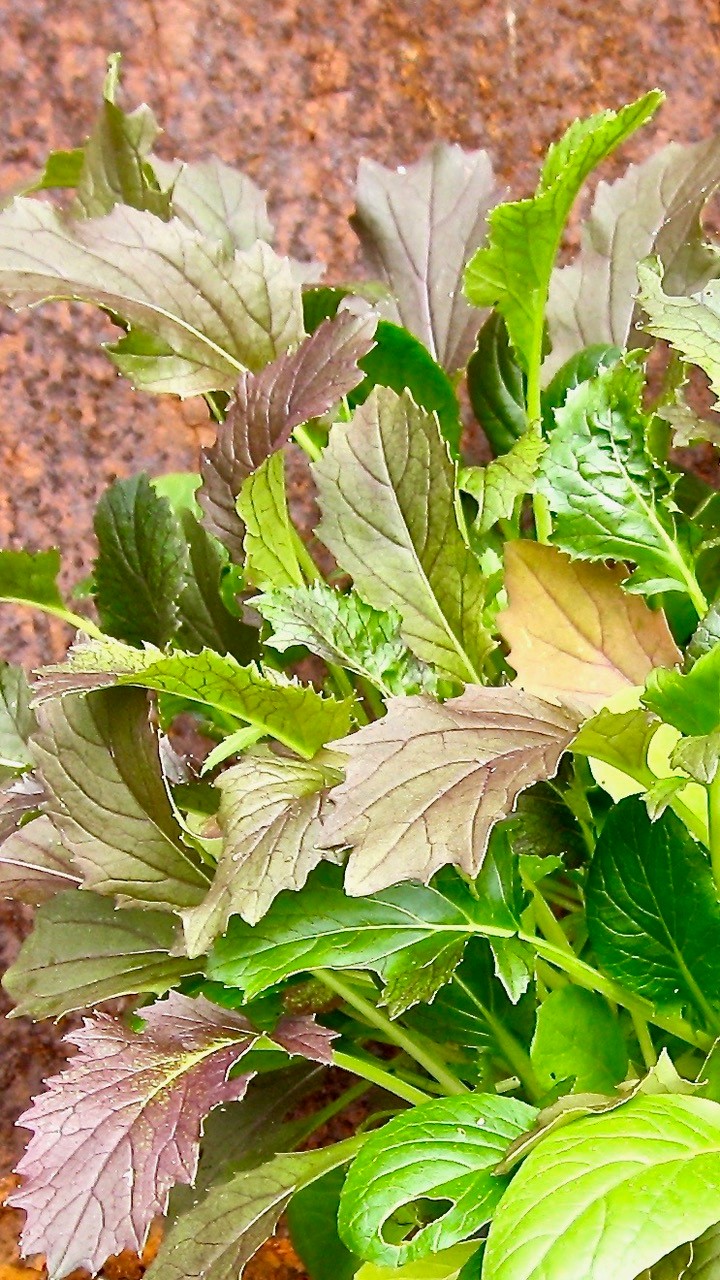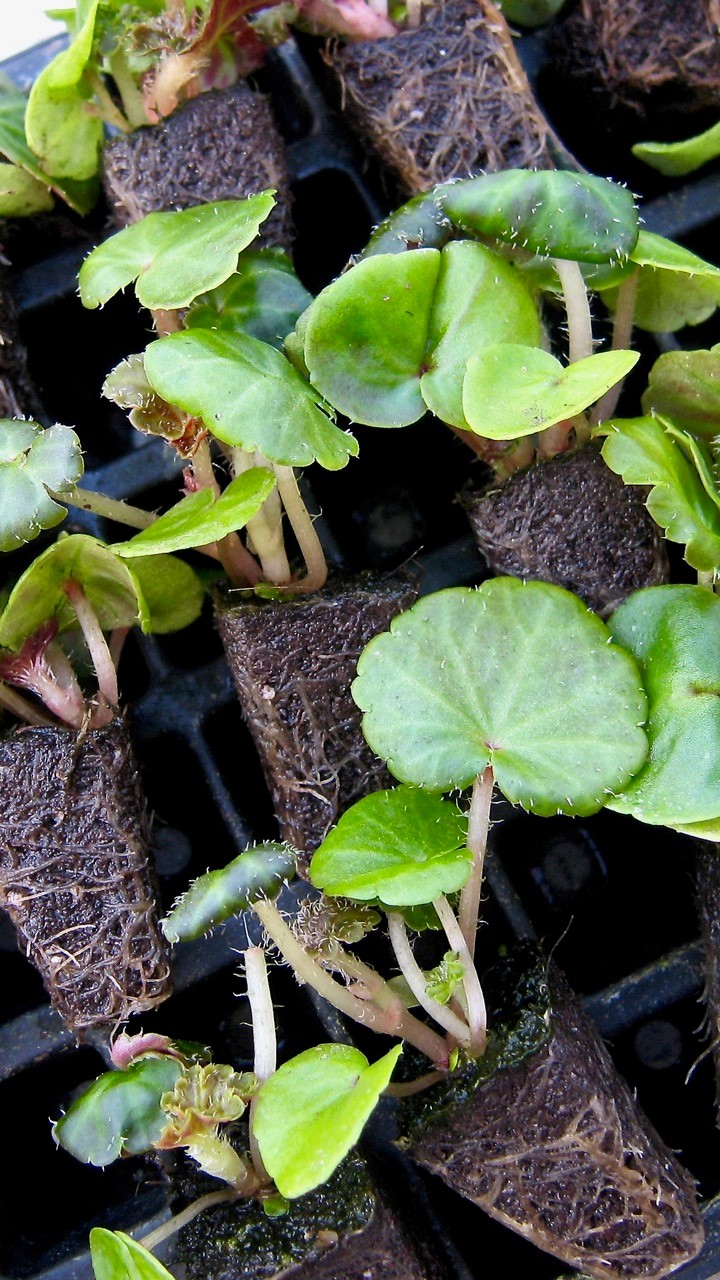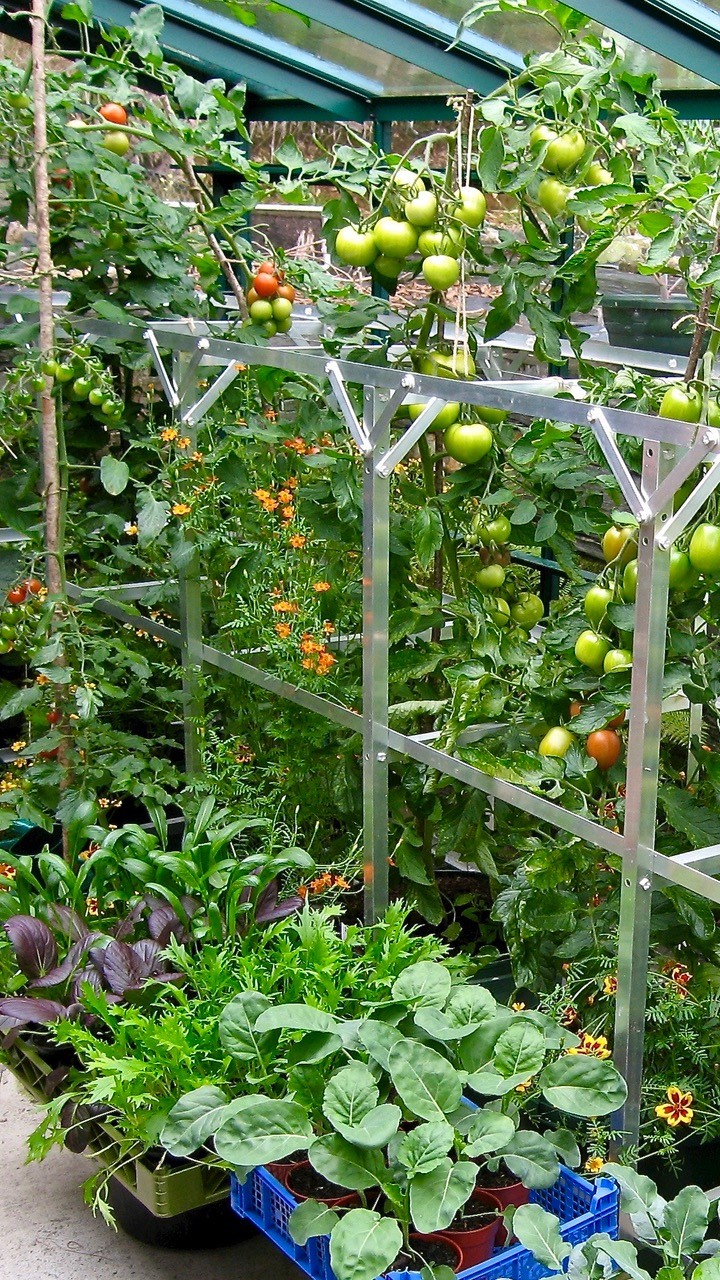In the troubled weeks ahead, greenhouses will become hubs of solace and sustenance – so if you don’t have one, or can’t use yours, some joined-up thinking is in order.
Big or small, bought or inherited, loved or neglected – there are tens of thousands of bits of gardening kit scattered across our anxious land right now. As we endure lockdown to help to quash the Covid-19 epidemic, these have unlimited potential to be stress-busting, anxiety-easing and new-friend-making game-changers.

The ‘kit’ I’m talking about is already filling up fast in many plots, while in others it still slumbers empty, waiting to be triggered into life. This kit isn’t short of fuel – the supply is endless and free, with no neighbour-niggling noise – and it’s already warming up for the growing season ahead.
I can (almost) guarantee that you’ll see a piece of this kit from wherever you live, or when you’re out taking your daily burst of exercise. You might find it in your neighbour’s back garden, in a plot a few doors down, in a nearby street, or on your allotment site. If you’re taking up growing things for the first time this spring, as part of your stay-at-home antidote to coronavirus, you might only become aware of this kit when the glint of sun on glass catches your eye. Next time it’s caught, look carefully, and you’ll find it’s the soul-nourishing bit of kit I’m waxing on about: a greenhouse.
Stuff happens in greenhouses. It’s where we sow seeds, pot up young plants arriving by post, take cuttings, and plant crops to feast on and flowers to delight us. We also take time out there, sip tea, feel the sun’s warmth on our cheeks, and listen to the cacophony of spring birdsong. It’s where we can pause, watch, wonder, escape and – in fluid, frightening times – feel grounded and safe; weeping there, in darker moments, is fine too. We’ve never needed these solar-powered sanctuaries more, and there’s never been a more pressing time to slide open their doors. Our greenhouses – together with porches, sun rooms, conservatories, cold frames and polytunnels – will be our gardening rocks in these testing times.

Your greenhouse might be in full-on growing mode, and already a beacon of calm. But what if you’re just too wary of being outdoors for long, because you’re classed as ‘vulnerable’, or if you’re unwell already, or if you’re finding this upended life all too much right now, and you’re frustrated at watching your beloved sun-catcher go unused, just as spring kicks off? Or perhaps you’ve caught sight of a glint already, and you’re wondering if there is any way you might be able to ‘adopt’ a looking-for-love greenhouse this spring, as you set forth on a new gardening journey. Either way, it’s time to stop pondering, and ask – or offer.
Granted, this is tougher when it has to be done while keeping at least 2m apart, but it’s eminently doable. A note through a neighbour’s door with your phone number/email address is a gentle start (no distancing required). Or how about a friendly wave over the fence, to germinate a chat about your adoption plans? A ‘greenhouse needed’ SOS on a local online community noticeboard, or a WhatsApp group, might sprout possibilities. Why not pin a note on your gate: ‘Vacant greenhouse needed – willing to share the bounty!’ Just keep spreading the word.
The flipside, if your normally bustling greenhouse is going begging this spring, is: ‘Greenhouse available – please come and love it. Seeds and help/tips by text included!’, with your contact details – though it’s common sense to devise an adoption plan with folk you’re familiar with (or are now getting to know) and can trust.

Whether adopter or adoptee, you’ll need to be sensible and follow to the letter every public health guideline going. Essentially, if a greenhouse is easily accessible via a side gate, garage, drive or passage, without the need to enter anyone’s home, or come within 2m of them at any time, then it should be safe, smooth running. You’ll need to negotiate a timetable of when you’re going to be in the greenhouse, so everyone knows what’s happening and when. Evenings should probably be left clear of intrusion (the greenhouse owners will probably be happy to close the vents).
Calls or texts will keep everyone in the loop, or you could chat through a many-metres-away window, and give or receive real-time, personalised growing tips; folk will be only too glad to pass on their gardening wisdom, and some will cherish simply having someone to talk to. Cups of tea will be no-nos, so bring a flask, and don’t forget to give gates, greenhouse doors and taps a wipe down with disinfectant when you arrive and depart. When spring morphs into summer, there’ll be heaps of watering to do, and adopters and adoptees can devise a safe, socially-distanced plan between them to keep plants going.
Once you’ve found a greenhouse to borrow, you’ll be brimming with ideas on how to get growing. These tips will help to get your sun-catcher moving.
– Seeds are still available to order online, although demand is high and some seed-sellers have been slowed down after implementing safe working practices. Be patient. If you’re itching to get sowing, pin up or send out a seed donation SOS, and see what treasures turn up.
– If you have, or can beg, a heated propagator, use it, but don’t fret if you can’t (or if you’re too stretched to buy one). Most seeds will germinate in a warm room indoors (anything needing 20°C or more can go in an airing/boiler cupboard), but check them daily. Move them into the light the moment they come up, and then into their adopted greenhouse.

– Order young plug plants by post, either to leapfrog the seed-sowing stage, or to catch up if it’s too late to sow. Delfland Nurseries have an excellent at-a-glance guide to what young plants they’re sending out and when; they offer ‘late’ collections of tender plants, such as tomatoes, for those with an unheated greenhouse. But don’t dally: mail-order plant suppliers are currently mad busy keeping up with demand.
– The sun is warming up greenhouses now, so extra (and extremely inefficient) heating, especially at night, is less important. As a general rule, if you can see the stars when it gets dark, it’s going to be a chilly, and possibly frosty, night. If your adopted greenhouse is already kitted out with, say, an electric fan heater, check that it’ll be OK to leave it on a frost setting on cold nights – or see if someone can move seedlings indoors overnight. If you can’t see the stars, a frosty night is less likely (though not impossible).
– Some garden retailers are offering deliveries, or a contactless ‘click and collect’ service; check to see what your favourite local nursery is doing. Quality peat-free compost-makers Fertile Fibre and Dalefoot Composts will deliver to your door. If compost is in short supply and pennies are tight, try pinning up another note – virtual or paper – with a compost SOS, asking folk to drop off any surplus they can spare. You can always offer them a few plants later on.

– Sow more seeds than you’ll need, and then a few more. Any surplus plants can be given to struggling-to-garden neighbours and friends, and could piggy-back on local food drops. Growing more vegetables than you can eat yourself could mean that someone else can actually eat a decent meal; food banks everywhere are struggling, and will stay stretched as long as Covid-19 persists. ‘Please help yourself’, pinned to a trug of fresh summer vegetables and herbs, will be a wonderful, contactless way of helping others to keep themselves well fed.
– Make do, mend, and keep sowing and growing. This isn’t the time to be searching out the perfect bit of gardening kit. If you’re short on greenhouse benches to stand pots and trays on, turn bricks/blocks and planks into makeshift staging. As spring snowballs, and the greenhouse bursts at the seams, you can stand young plants outdoors on warm days, against a sunny wall – perhaps on some DIY shelves, or an old bookcase. If you need vital parts for your greenhouse, search ‘greenhouse spares’ online, but don’t mither over an odd panel of missing glass – just patch it up to keep the rain out.
– Soil in greenhouse beds will be drier than that outdoors, so give it a good soak at the outset, until it’s soft enough to loosen and fork over. Spread a layer of garden compost over the surface, and lightly work it in. Cover the soil with sheets of cardboard or cut-open compost bags to keep it moist until you’re ready to plant crops such as tomatoes.
– Virgin gardeners taking on an adopted greenhouse will have questions, questions, questions. The answers might come from your benefactors, from the internet’s gardening brain, from social media (Twitter is especially useful for quick-fix answers), from magazines, or even from books!
Text and images © John Walker
Find John on Twitter @earthFgardener


